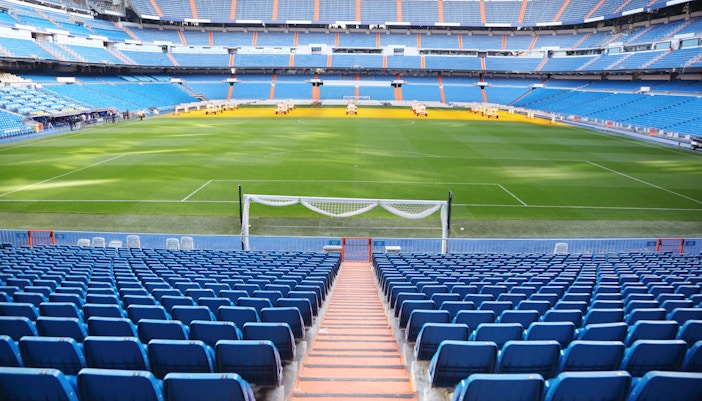- Royal Palace Of Madrid Tickets
- Prado Museum Tickets
- Madrid Flamenco Show Tickets
- Parque Warner Madrid
- Legends: The Home of Football
- Reina Sofia Museum
- Thyssen-Bornemisza National Museum Tickets
- Parque De Atracciones De Madrid Tickets
- Madrid Zoo Aquarium
- Liria Palace
- Wax Museum Madrid
- Cívitas Metropolitano Stadium Tours
- Museum of Illusions Madrid
- Puy du Fou España
- Madrid to El Escorial tours
- Royal Palace of Aranjuez
- Royal Palace of La Granja of San Ildefonso
- Atlantis Aquarium Madrid
10 Interesting Facts About Santiago Bernabeu
10 Interesting Santiago Bernabeu facts
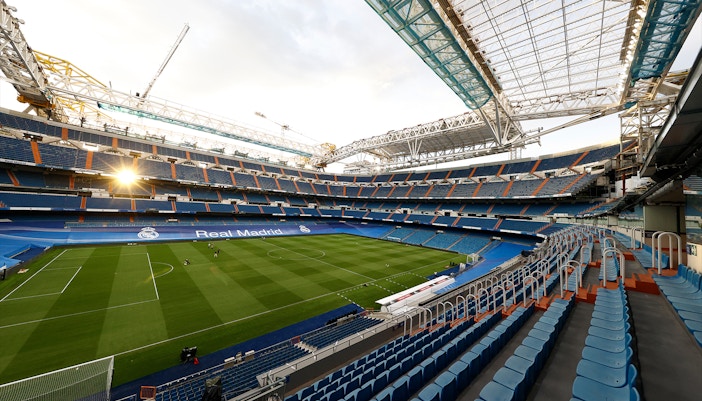
1. Santiago Bernabéu Stadium is named after former player, coach, and president
- Santiago Bernabéu Stadium is named after Santiago Bernabéu, a former player, coach, and president of Real Madrid, who oversaw its construction in the 1940s and 1950s.
- Bernabéu played for Real Madrid from 1912 to 1927 and served as the club's president from 1943 until his death in 1978.
- He was instrumental in transforming Real Madrid into one of the most successful football clubs in the world and is widely regarded as one of the greatest figures in the club's history.
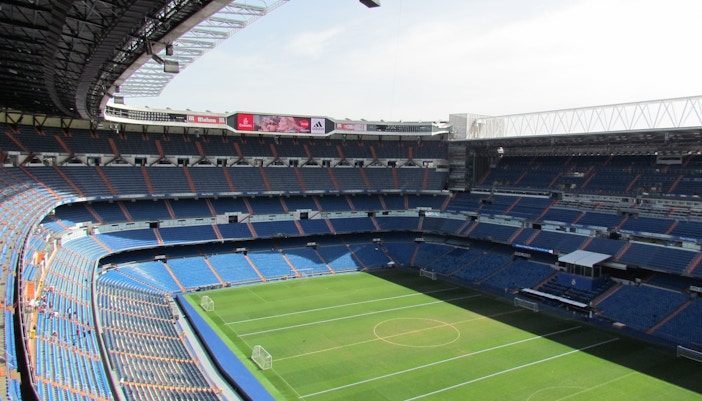
2. Santiago Bernabéu Stadium can seat over 80,000
- Santiago Bernabéu Stadium has a seating capacity of over 80,000, making it one of the largest stadiums in Europe.
- The stadium's seating is arranged in four tiers, with the lower tier being closest to the pitch.
- The stadium's design provides excellent views of the pitch from every seat, making it an ideal venue for watching live football matches and other events.
3. Santiago Bernabéu has hosted iconic games
- The stadium has hosted four European Cup/Champions League finals, including the final of the 1982 FIFA World Cup.
- The first European Cup final held at Santiago Bernabéu was in 1957 when Real Madrid defeated Fiorentina 2-0.
- The other finals held at the stadium were in 1969, 1980, and 2010. The stadium has also hosted several other major international football tournaments, including the Euro 1964 and the Euro 1980.

4. Santiago Bernabéu is home to the Real Madrid Museum
- Santiago Bernabéu Stadium is home to the Real Madrid Museum, which is one of the most visited museums in Spain and features a collection of historic club memorabilia, including jerseys, trophies, and photographs.
- The museum is located inside the stadium and offers visitors an immersive experience of the history and culture of the Real Madrid Football Club.
- It includes interactive exhibits, audiovisual displays, and a trophy room that showcases the club's many accomplishments over the years.
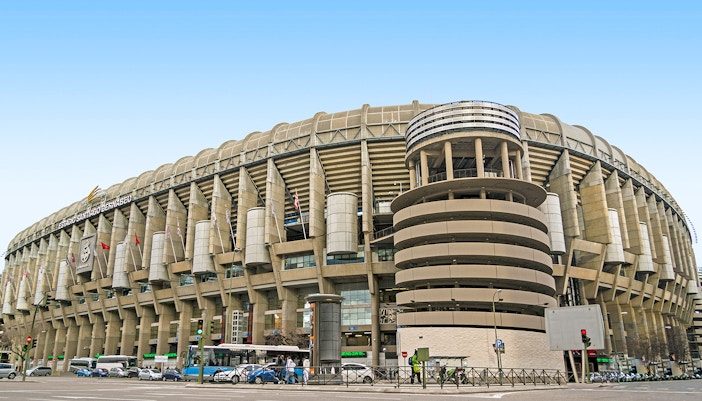
Santiago Bernabéu underwent a renovation in 2019
- The stadium has undergone several major renovations and expansions over the years, including a €400 million renovation that was completed in 2019.
- The most recent renovation project aimed to modernize and upgrade the stadium's facilities, including the addition of a retractable roof, a new LED lighting system, and improved seating and hospitality areas.
- The renovation also included the creation of a large plaza outside the stadium that serves as a public space for events and gatherings.

6. It has hosted iconic concerts
- Santiago Bernabéu Stadium has also hosted other major events, such as concerts by artists like U2, Bruce Springsteen, and Madonna.
- The stadium's facilities make it an ideal venue for large-scale concerts and events, and it has played host to some of the biggest names in music over the years.
- The stadium's central location and excellent transport links also make it a popular choice for corporate events, conferences, and other gatherings.
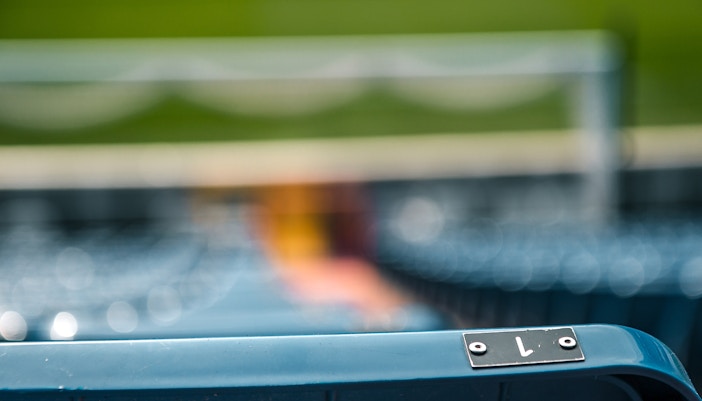
7. Distinguished personalities have visited Santiago Bernabéu
- The stadium has a VIP box that has been used by many notable guests, including Pope John Paul II, King Juan Carlos I of Spain, and former US President Barack Obama.
- The VIP box is located on the east side of the stadium and offers stunning views of the pitch.
- It is a popular choice for celebrities, politicians, and other high-profile guests who want to enjoy a football match in style and comfort.
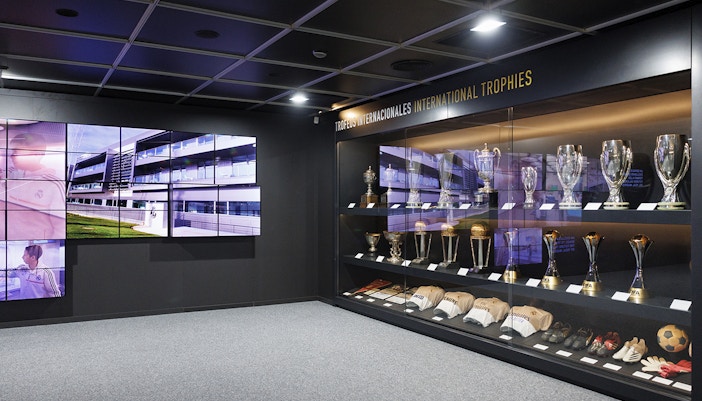
8. One of the first stadiums to have a giant screen
- Santiago Bernabéu Stadium was the first football stadium in Spain to have a giant screen installed. The screen was installed in 1992 and measures 96 square meters.
- It is located at the south end of the stadium and is used to display match information, replays, and other content during games.
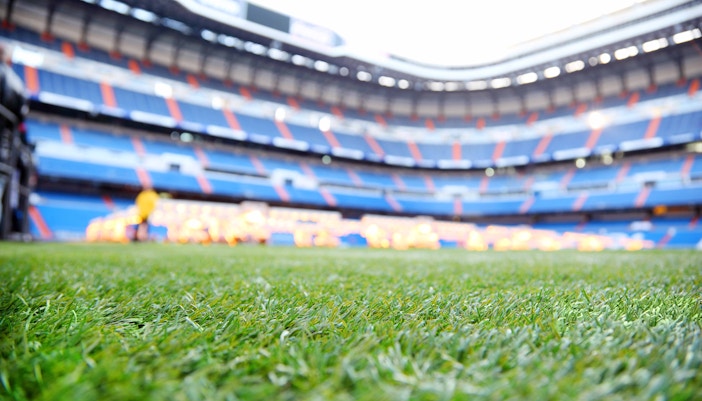
9. Santiago Bernabéu pitch is part synthetic
- The stadium's pitch is a hybrid grass surface, which combines natural grass with synthetic fibers.
- This helps to ensure that the pitch remains in top condition even with heavy use, such as during matches or training sessions.
- The hybrid grass surface was installed in 2004 and has been used in several other high-profile stadiums around the world.
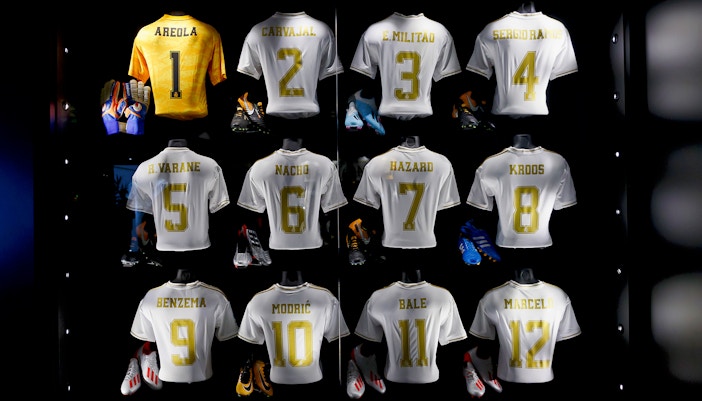
10. It has a Walk of Legends corridor
- The stadium has a unique feature called the "Walk of Legends," which is a pathway that runs around the perimeter of the stadium and features statues and plaques of some of Real Madrid's greatest players and coaches.
- The Walk of Legends was created in 2008 and is a popular attraction for visitors to the stadium.
- It features 29 statues and 70 plaques, with more added every year to honor new additions to Real Madrid's illustrious history.
Book Santiago Bernabeu Tickets & Tours
Frequently Asked Questions About Santiago Bernabéu
Santiago Bernabéu Stadium is a legendary venue that has become a cultural icon in Madrid. Named after the former Real Madrid president, Santiago Bernabéu, the stadium is renowned for its unique architectural design and state-of-the-art facilities.
One of the interesting facts about Santiago Bernabeu is that the stadium has hosted four European Cup/Champions League finals, including the final of the 1982 FIFA World Cup. The first European Cup final held at Santiago Bernabéu was in 1957 when Real Madrid defeated Fiorentina 2-0. The other finals held at the stadium were in 1969, 1980, and 2010. The stadium has also hosted several other major international football tournaments, including the Euro 1964 and the Euro 1980.
Santiago Bernabéu is located at Av. de Concha Espina, 1, 28036 Madrid, in the Hispanoamérica locality.
Santiago Bernabéu Stadium was built by architects Manuel Muñoz Monasterio and Luis Alemany Soler, who were hired by Real Madrid president Santiago Bernabéu in 1944.
Santiago Bernabéu was built between 1944 and 1947, making it over 75 years old.
Yes, it is true that Santiago Bernabéu Stadium once hosted Pope John Paul II. The Pope visited Madrid in 1982 and was welcomed by a crowd of over a million people. As part of his visit, he celebrated a mass at the stadium on June 16, which was attended by an estimated 120,000 people.
Yes, Santiago Bernabéu Stadium is home to the Real Madrid Museum, which is one of the most visited museums in Spain and features a collection of historic club memorabilia, including jerseys, trophies, and photographs.
The capacity of Santiago Bernabeu is 81,044, making it one of the largest stadiums in Europe.


